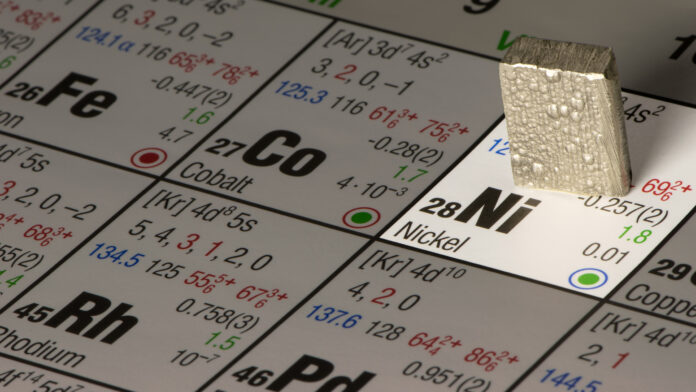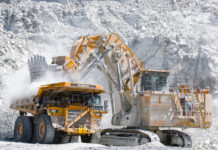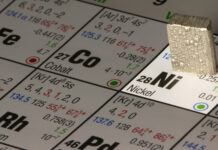
AN estimated 400,000 ton cut in nickel production in the last year, about 10% of total production, might not be enough to stimulate the nickel price, said the Financial Times.
Commenting on a near 45% decline in the metal’s price since last year, the newspaper said that low grade supply from Indonesia was largely insensitive to the market.
In addition, investment in upgrading nickel pig iron, the form with which Indonesia has largely flooded the market, could swamp the high grade nickel market.
Chinese investment into Indonesia’s mining sector will drive its production to 2.2 million tons this year according to Macquarie — or 65% of global supply — up from 600,000 tons in 2020. At these prices, Indonesian mines may not, in themselves, be vastly profitable. But that has not stopped production growth, said the FT.
Last week BHP suspended its Australian nickel production until 2027 at least, saying it was unable to “ovecome the substantial economic challenges” of global oversupply of the metal.
Glencore announced in February it would shutter its 49%-owned Koniambo mine in which it had sunk more than $4bn into Koniambo since 2013 while First Quantum Minerals said it would halt mining at its nickel and cobalt operation in Western Australia and cut a third of the workforce in response to weaker metal prices and higher costs.
The only solution to the nickel market’s slump was an improvement in demand for the metal. Two thirds of demand is from stainless steel which has not performed badly, said the newspaper. But nickel in battery electric vehicle demand has not grown significantly.
Growth in electric vehicles demand fell from 12% year-to-date in April, to 7% y-t-d in May – offtake of hyrid EV vehicles, according to Standard Bank Group Equities.
“Despite room to replenish dealer inventories in the US, sales have started to slow,” said the bank’s precious metals analyst Adrian Hammond in a report earlier this month. Sales growth of internal combustion engine cars have been stable at 4% y-t-d.










